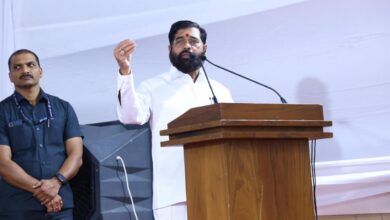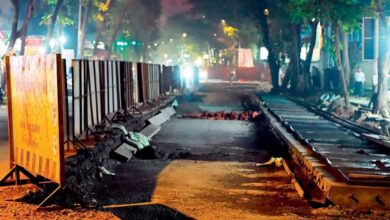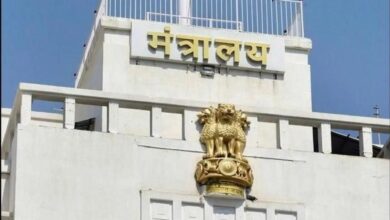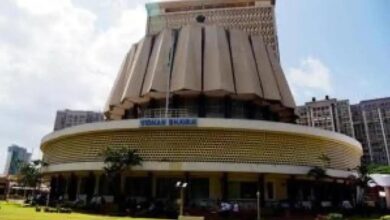Mumbai: Lokhandwala lake choked by invasive plant, still awaiting wetland status
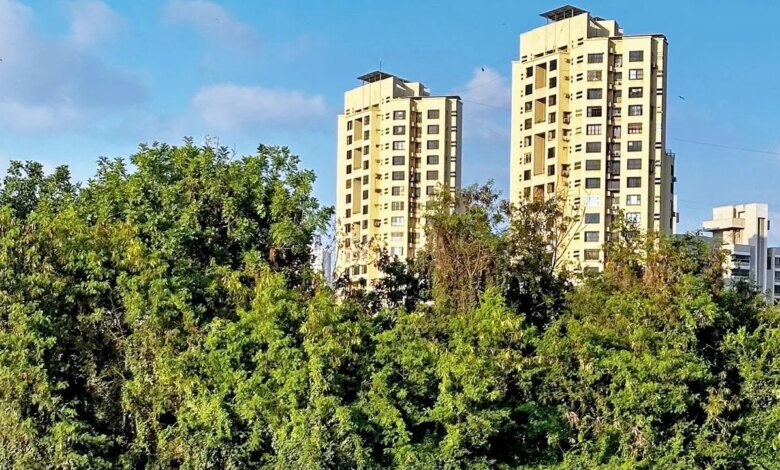
While Lokhandwala Lake—a birder’s paradise with over 100 species, including migratory birds—still awaits wetland status, as demanded by wildlife and nature lovers, an aggressive aquatic plant, Ipomoea, is spreading rapidly, threatening its fragile ecosystem. This invasive species can cover large waterlogged areas, impacting birdlife and aquatic diversity. Conservationists stress that a protected status would enable controlled vegetation removal, ensuring open water availability.
On February 2, World Wetland Day was observed globally, highlighting the urgent need to protect wetlands. Environmentalists and residents of western suburbs, including members of the Lokhandwala Oshiwara Citizens Association (LOCA), have been demanding that Lokhandwala Lake be officially recognised as a wetland to secure its protection.
mid-day has consistently reported on threats to the lake. In December, a news report titled ‘Debris dumping in Lokhandwala Lake: State Human Rights Commission summons chief secretary’ revealed how the State Human Rights Commission (SHRC) took serious note of the ongoing negligence. Criticising the authorities, the commission stated: “It is evident that the stakeholder departments are evading their responsibilities, resulting in the issue remaining unresolved. The Chief Secretary of Maharashtra should thoroughly examine the matter.”
During a recent visit, mid-day observed numerous migratory birds at Lokhandwala Lake but also noted a growing threat—the rapid spread of the invasive Ipomoea species, covering large portions of the water body. Naturalist, writer, and photographer Sunjay Monga emphasised Lokhandwala Lake’s ecological significance, calling it the last of its kind in suburban Mumbai. “At around 10 acres, this lake and its surroundings, flanking the Malad Creek and just west of the Lokhandwala residential area, serve as a magnet for birdlife. Its semi-wild nature—untouched by ‘beautification’—has preserved its natural dynamics, unlike many other lakes in Mumbai,” Monga said.
Monga noted that around 150 bird species have been recorded at the lake, nearly half of them migratory, including several regional rarities. “Tragically, like many unprotected wetlands, Lokhandwala Lake suffers from human neglect. Despite multiple attempts to secure its conservation, no concrete action has been taken,” he said. He warned that while Ipomoea has some ecological benefits, its unchecked spread could choke the lake, making controlled vegetation removal necessary.
Monga urged authorities to declare the lake a protected area—possibly even a small bird sanctuary. “Few sites of such limited extent can boast such avian diversity. The Forest Department should step in and provide legal protection.” He also called for strict penalties against those littering around the lake and demanded a ban on bird feeding near the platform adjacent to the water body.
Sumesh Lekhi, chartered accountant, lawyer & filmmaker, said. “Lokhandwala Lake is a thriving wetland habitat with around 130 bird species, over 30 of which are migratory coming from as far as Siberia. Legally, it is already classified as a wetland and CRZ1 area under the Maharashtra
Remote Sensing Application Centre Map, the Wetland Atlas Map, and the CRZ Map of Maharashtra. Even the BMC has confirmed this on paper,” he said. LOCA President Dhaval Shah urged the government to take immediate action. “Lokhandwala Lake is a birding hotspot. If the spread of Ipomoea is not tackled, it could have severe ecological consequences,” he said.
Source link


